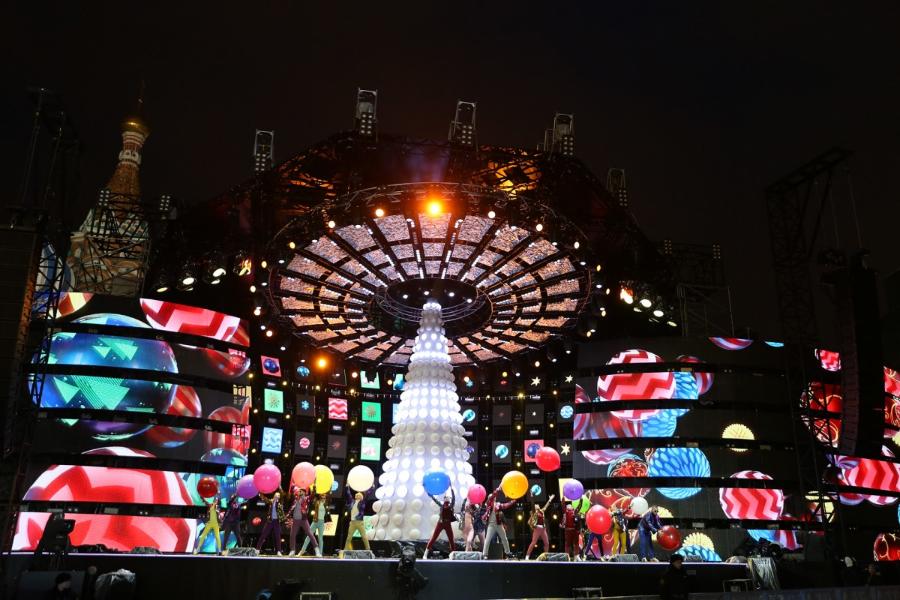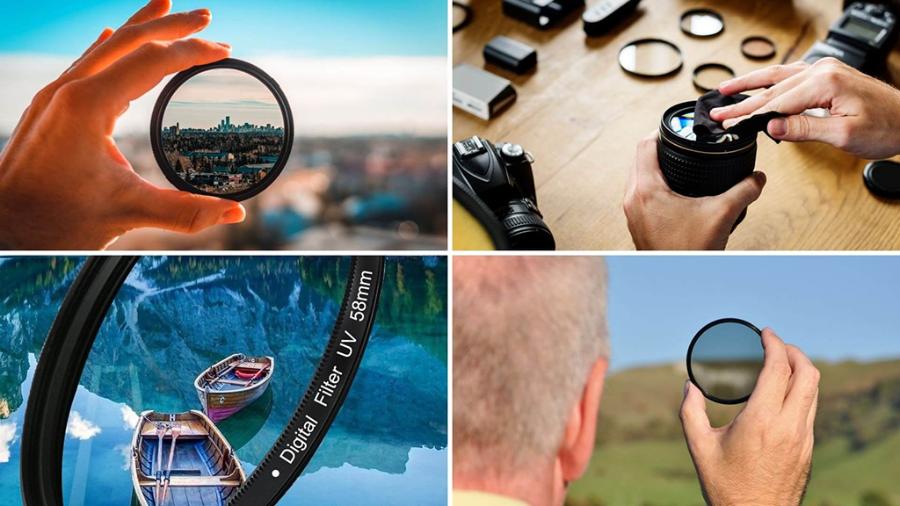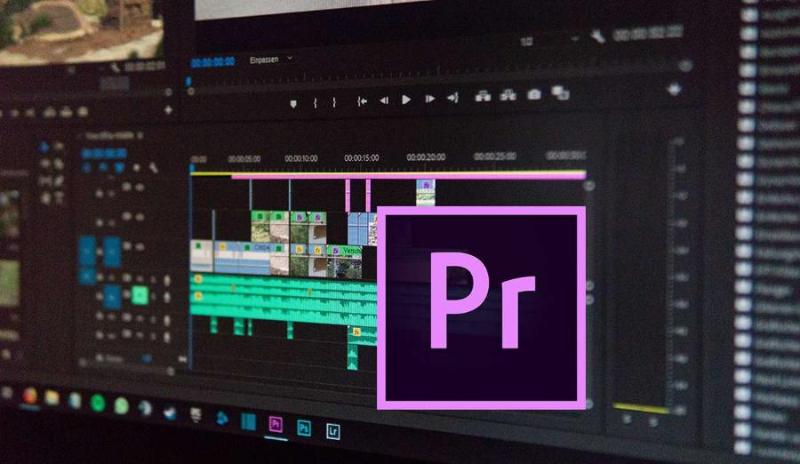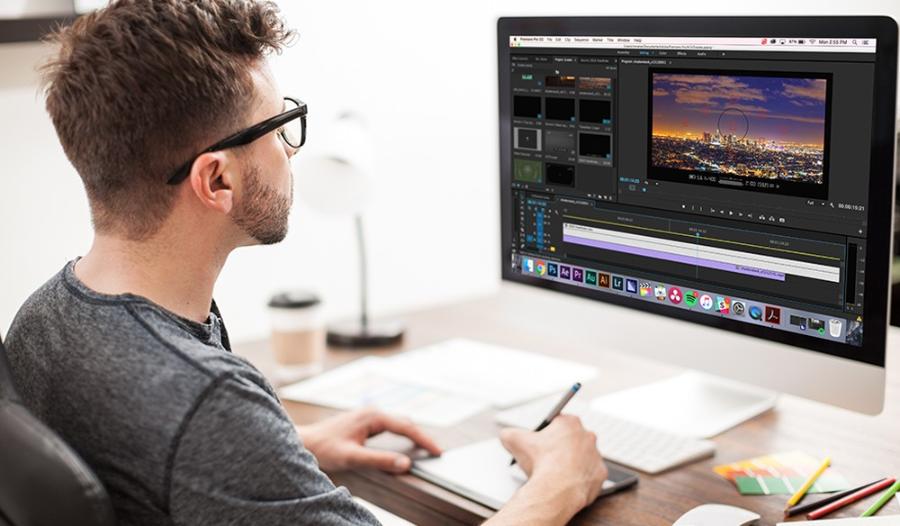Best Selling Products
What is Backdrop? Learn about the Outstanding Features and Applications of Backdrop
Nội dung
- 1. Introduction What is Backdrop?
- 2. Basic Features of Backdrop
- 2.1. Material and Color
- 2.2. Size and Shape
- 2.3. Flexibility and Ease of Movement
- 2.4. Quality and Durability
- 3. Popular Applications of Backdrop
- 3.1. Studio Photography
- 3.2. Filming
- 3.3. Event Organization
- 3.4. Marketing and Advertising
- 4. How to Choose the Right Backdrop for Each Project
- 5. Conclusion
Discover the concept of backdrop and the basic characteristics of backdrop in photography, filming and events. Let's learn about the role and application of backdrop in creating space and style for photo shoots, events and filming.

In the field of photography, filming and event organization, backdrop is an important element that creates space, style and impression for photo shoots or events. However, not everyone clearly understands what backdrop is and its role in completing the overall picture. This article sadesign will help you explore the concept of backdrop , its basic characteristics, and common applications in the fields of art and events.
1. Introduction What is Backdrop?
Backdrop is a term commonly used to refer to a background, material or scenery placed behind the main subject in photography, filming or events. The main purpose of a backdrop is to create a suitable space, help highlight the main subject and at the same time create contrast or support for the theme of the photo shoot, filming or event.
.jpg)
The backdrop can be a simple piece of fabric, an artistic painting, or even a carefully chosen natural landscape to suit the idea and goals of the photoshoot. In any case, the role of the backdrop is indispensable, helping to highlight and emphasize the main subject, while controlling the light and space of the photoshoot.
This is a background or backdrop placed behind the main subject, to create a context or highlight the object that needs to be focused on. Backdrops can be made from many different materials such as fabric, paper, or specialized printing materials, with designs ranging from monochrome to complex patterns depending on the purpose of use. Choosing the right backdrop not only contributes to enhancing aesthetics but also creates professionalism and impression for the space or product presented.
2. Basic Features of Backdrop
Backdrop is not simply an object behind the subject, but it also has characteristics and factors that determine the effectiveness of its use in photography, filming and events. Here are the basic characteristics that you need to understand when working with backdrop.
2.1. Material and Color
The material and color of the backdrop play a very important role in creating space and highlighting the subject. Popular backdrop materials today include fabric, paper, plastic, wood, and metal. Each material has its own unique characteristics, bringing different effects:
.jpg)
Fabric backdrops : This is a popular and easy-to-use material in studio photography and filming. Fabric is often chosen for its versatility and ease of adjustment. Fabric backdrops can be solid color or printed with patterns and designs.
Paper backdrop : Often used in professional studios. This material helps create a smooth, wrinkle-free surface. The color of the paper backdrop can create a soft color transition, suitable for product or portrait photography.
Metal or plastic backdrops : These materials are rarely used in regular photography, but are very suitable for highly professional events, exhibitions or filming.
The color of the backdrop is also very important. A suitable color can help highlight the subject, creating a sense of harmony and balance in the photo or video. Neutral colors such as white, black, gray are often used to create a clear contrast with the main subject. Bright colors such as yellow, red, blue bring liveliness and create a dynamic feeling for the space.
2.2. Size and Shape
The size of the backdrop will depend on the space and the type of subject that needs to be highlighted. A backdrop that is too small will not be enough to cover the area behind the subject, while a backdrop that is too large can be unbalanced and take focus away from the subject.
.jpg)
Normally, backdrops are produced in various sizes, from small sizes for personal portraits, to large backdrops for group photoshoots or professional filming. To choose the right size, you need to consider the shooting space and requirements of the shoot.
2.3. Flexibility and Ease of Movement
One of the important features of a backdrop is its flexibility and portability. Especially in outdoor photo shoots or mobile events, a backdrop that is easy to fold and carry will help you save time and space. Many photography studios now use backdrops that can be folded or changed in shape, helping to save costs and storage space.
In addition, the flexibility of the backdrop is also reflected in the ability to change its color, pattern or even its brightness, to suit each type of scene or event theme. Today's versatile backdrops can be easily changed, allowing photographers or event organizers to be more creative in creating space.
2.4. Quality and Durability
The quality and durability of the backdrop are also indispensable factors in the selection process. A good backdrop not only helps create a great space but also ensures long-term durability over time. Good materials will not easily tear, fade or deform during use.
Some types of backdrops, such as fabric or paper, may need to be carefully maintained and cleaned to maintain their durability. Metal or plastic backdrops may be more durable, but they are not as easy to change according to the requirements of the shoot as fabric backdrops.
3. Popular Applications of Backdrop
.jpg)
Backdrops are not only used in studio photography but also have wide applications in many different fields such as filming, event organization, exhibitions and marketing. Below are some common applications of backdrops:
3.1. Studio Photography
In studio photography, backdrops are used to create a background for portraits, product photos, or other types of artistic photography. Monochromatic or patterned backdrops help to highlight the subject, avoiding distracting the viewer's attention from the background.
With a variety of materials, colors and patterns, backdrops help highlight the subject, create depth and bring professionalism to the image product. In portrait, product or fashion shoots, choosing the right backdrop not only helps the photographer express creative ideas but also helps optimize lighting and shooting angles. In addition, backdrops are also widely used in filming product introduction videos, online events or seminars, contributing to improving image quality and creating a strong impression on the audience.
3.2. Filming
In filming, backdrops are an important element in creating space for the scene. Backdrops can simulate outdoor settings, natural scenery, or special locations, helping to increase the aesthetics of the scene.
With the flexibility to change color, material and size, backdrops help filmmakers easily set up a space that suits the content and message they want to convey. In particular, in studio scenes or using chroma key techniques, blue or green backdrops are often preferred to support the post-production and image compositing process. In addition, backdrops also play an important role in creating depth, highlighting the subject and bringing uniformity to the entire shooting scene. Choosing and using the right backdrop not only improves image quality but also contributes to demonstrating the professionalism of the final product.
3.3. Event Organization
Backdrops are widely used in events such as conferences, weddings, exhibitions or press conferences. It helps create a formal space and attract the attention of attendees. Backdrops are also a place to place logos, event names or important information, creating an impression for the event.
.jpg)
In addition, backdrops are also used to convey messages, promote brands or express the main theme of the program. With creative designs and diverse materials, backdrops not only help enhance aesthetics but also contribute to the success and unique mark of each event.
3.4. Marketing and Advertising
In marketing, backdrops are often used in advertising photo shoots or exhibitions. Unique and impressive backdrops can help brands stand out in advertising campaigns, product launch events or communication activities.
4. How to Choose the Right Backdrop for Each Project
Choosing the right backdrop for your needs is very important. You need to consider factors such as space size, subject color, lighting requirements, and intended use to choose the right backdrop.
If you are taking photos in a studio, a simple fabric or paper backdrop can serve the purpose well.
If you need to film outdoors, a backdrop that can change color or image at will will provide the necessary flexibility.
For events, a backdrop that can be decorated with the event logo and information will help create a unique impression.
5. Conclusion
Backdrop is an indispensable part of photography, filming and event organization. It not only creates a suitable space for the subject but also helps highlight the theme, creating attraction and professionalism. Understanding the characteristics of the backdrop, from material, size to its application in each field will help you choose and use the backdrop effectively. Surely with a suitable backdrop, you will improve the quality of your photos, videos and events, bringing a strong impression to the audience.












































